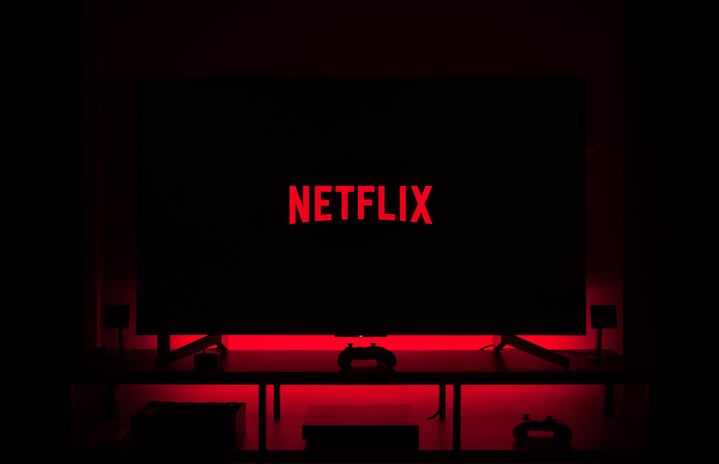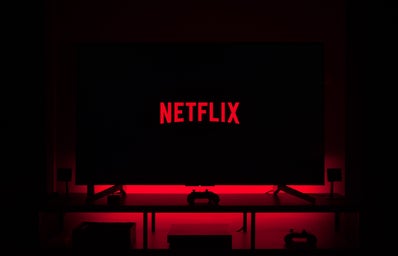In 2016, I aimlessly scrolled through my social media when I came across a trailer for a drama. I was about to scroll past it when I realized it was in a different language. Before I even read the subtitles, I fell into a trance. From the first few minutes of the trailer, I could tell this drama would be a rollercoaster. It followed the cliche storyline of a nerdy girl falling for a popular guy, but this drama seemed to have other factors that sparked my curiosity.
After my first encounter with a Korean drama (K-drama), I found myself preferring them over American dramas. These K-dramas filled a void I felt when watching American dramas. I was tired of the explicit and fast-paced romances portrayed in American dramas. Unlike American dramas where sex and intimacy are prominent, K-dramas tend to keep things more G-rated.
Usually, a K-drama is 16 episodes long and they mostly all start off with a slow-burn romance. Most of the time, I find myself not waiting for an intense makeout scene between the main characters but for them to simply hold each other’s hands. I react more to these simple actions due to the build-up K-dramas have.
The romance isn’t suddenly thrown at us as soon as we watch episode 1. If anything, the characters usually don’t get together till about episode 11. This key difference is what keeps viewers like me hooked. While the attractive characters may grab viewers’ attention, the storyline is what fuels their interest.
As not only a K-drama fan but also as a K-pop fan, I’ve heard multiple times the comment “Why watch or listen to them if you can’t understand what they’re saying?” This comment demonstrates a common belief many people have about foreign content, especially East-Asian content.
Xenophobia is prominent in Western culture. Recently it was seen through the racism shown against Asians due to COVID-19. It’s seen when Asian artists are not given the recognition they deserve in American award shows, and it can also be seen when mocking Asian cultures and stereotyping them.
Some people can’t grasp why someone would go out of their way to listen or watch something that is not in their native language, however, this is nothing new. America has always been influenced by various cultures and is known for its diversity, but the lack of acceptance can taint our message of welcoming other cultures.
Over time those questioning comments are heard less when it comes to K-dramas since its acceptance in mainstream media has allowed it to be “trendy.” The community of K-drama fans was small and most of us did not actively voice our interests in them until we saw it being “normalized.”
Netflix took note of this change in mindsets regarding foreign entertainment. As Netflix acquired more K-dramas, they made them easily available to viewers who wanted to explore this genre. Over time they decided to produce their own K-dramas.
During quarantine, Netflix released three dramas that blew up across social media platforms. As each state enforced quarantine regulations, many people found themselves spending hours on Netflix and eventually they would come across some of Netflix’s popular K-dramas.
Some of the trending K-dramas that welcomed new fans were Itaewon Class, Crash Landing On You, and It’s Okay to Not Be Okay. Each drama varies in storylines, but they all share one thing in common: they attracted new fans and preexisting fans such as myself.
Itaewon Class specifically caught many Netflix users’ attention due to its focus on transphobia, racism, and classism. These issues are prominent in South Korea, but they can also relate to issues around the world. I personally found that this drama resonated more with me due to the seriousness it held.
While K-dramas are all assumed to be about cliché romance stories, there are various types. The classic dramas, which I prefer, involve a poor girl meeting a rich guy but just like Cinderella’s story is re-imagined, so are these storylines. There is a K-drama (Cinderella and the Four Knights) that takes a modern Korean twist on Cinderella’s story.
Through these dramas, viewers experience Korean culture and lifestyle. They gain a whole new perspective on cultures they were unfamiliar with. Some viewers even learn the language through the dramas due to the vocabulary used being repetitive enough to catch on.
K-dramas also intrigue viewers to the point where they want to visit South Korea to experience the culture in person. This isn’t surprising since I have thought of visiting and exploring the country. As the popularity of these dramas increases, the country’s tourism also sees its numbers rise.
The Korean Wave, known as Hallyu, has always been present. Though, its presence in America has increased over the past few years as it reaches wider audiences. As more people get past the language barrier, they open doors to experience an interesting culture and other sources of entertainment.
Korean entertainment continues to grow not only through K-dramas but also through movies, as seen when Parasite became a blockbuster hit. This 2019 film was the first ever Korean film to win an Academy Award for Best Picture. These victories in the Korean entertainment industry shows that the language barrier is overlooked. Once people accept other sources of entertainment and get used to subtitles then there is a wide range of options available for their viewing.
Even if they don’t agree with the dynamic of said culture, they gain awareness. Perhaps this awareness will push them to take a step towards exploring more cultures outside of their comfort zone. Through these dramas, audiences take a step towards breaking these closed mindsets they may have.
Some of America’s popular shows such as The Good Doctor are based on a K-drama. This American show was released in 2017 right as I was deep into K-dramas. Surprisingly, I have yet to watch the original K-drama, but I have to admit I do enjoy the American version.
America’s recreation of some beloved K-dramas has been met with some negative reactions since K-dramas are loved specifically for being K-dramas. While this shows how America is aware that K-dramas are loved, they are taking K-dramas and placing an American sticker over it. After all, it isn’t too hard to turn subtitles on and enjoy the original versions. I believe sometimes things are better left alone.
K-dramas aren’t meant to be taken too seriously. They can be light-hearted but underneath those moments there are important takeaways. If we just look closer, we can see in the long run how they influence our mindsets and our desire to watch more. Once we’re hooked, American dramas will no longer compare.



